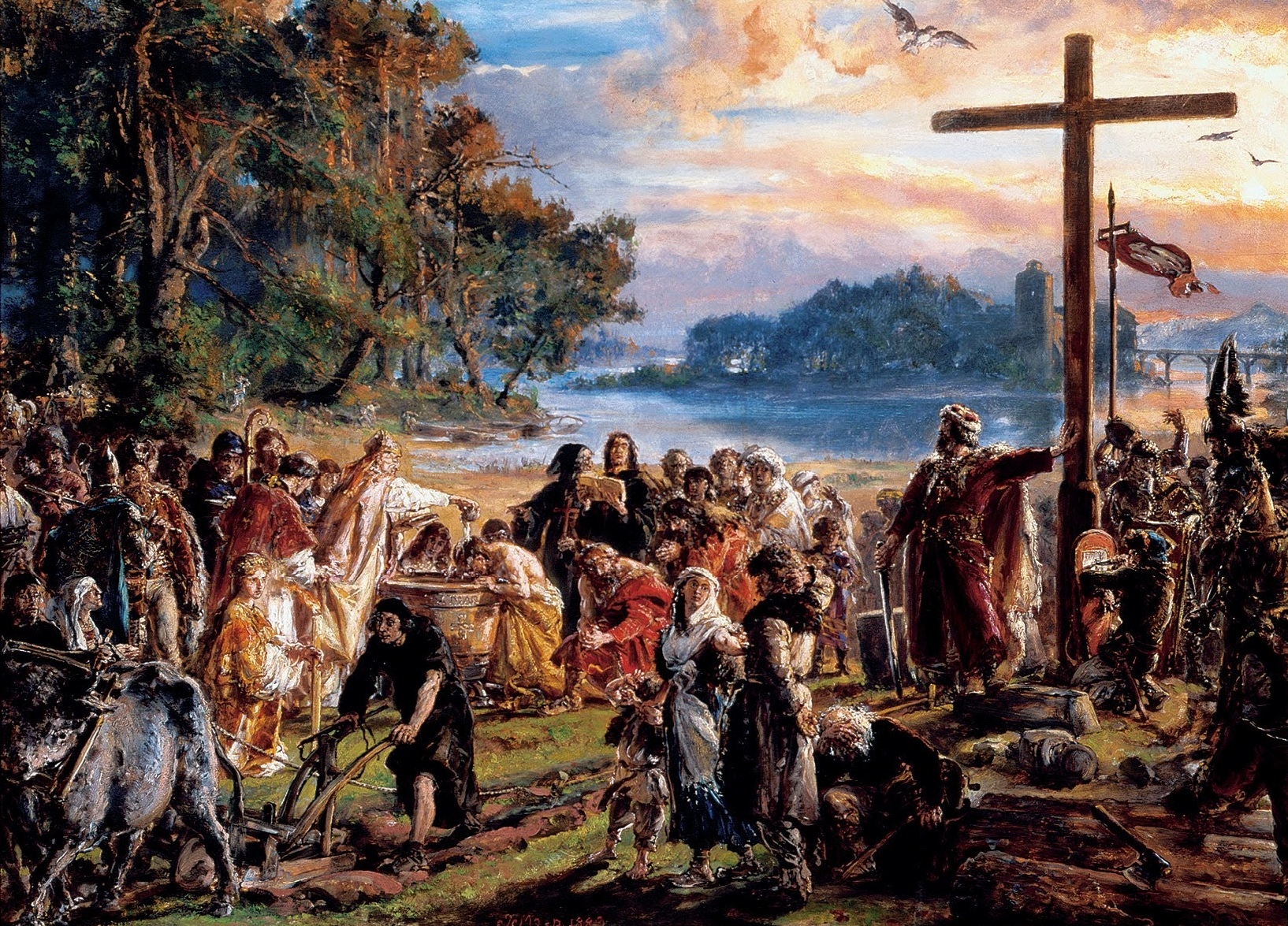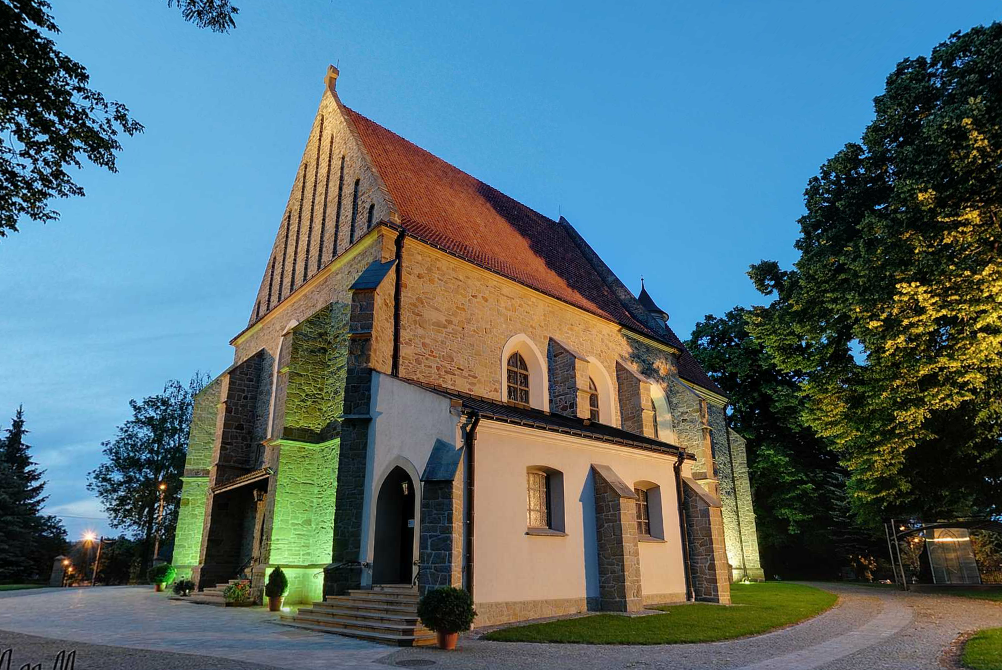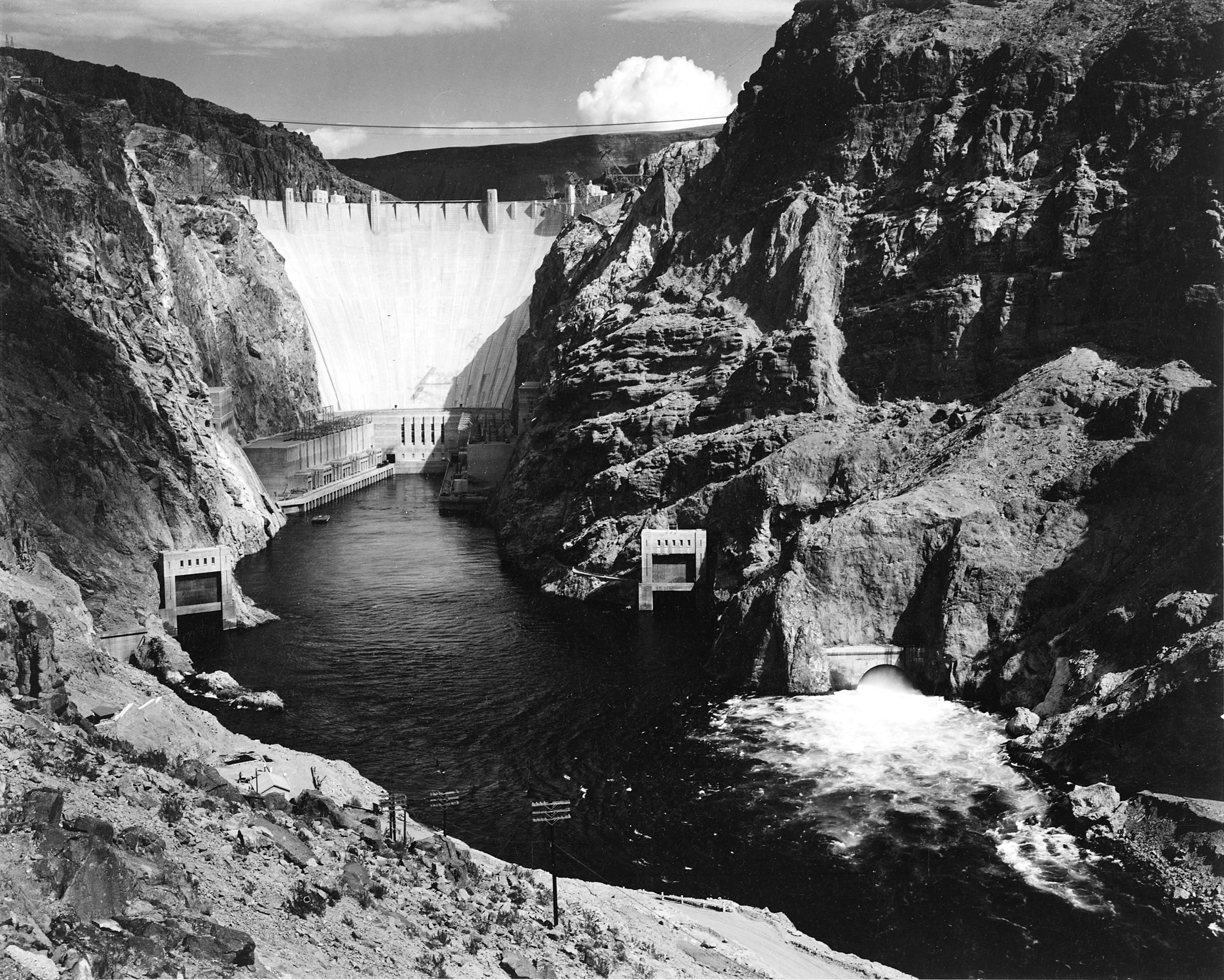|
Tadeusz Wiejowski
Tadeusz Wiejowski (died 1941) was a Polish people, Polish shoemaker who was the first person to escape the Auschwitz concentration camp. In 1941 he was recaptured and committed to the Jasło prison camp, where he was executed. Auschwitz escape Tadeusz Wiejowski was imprisoned in Auschwitz on 14 June 1940. His assigned number in the camp was 220. He escaped on 6 July 1940 with help from Polish civil workers employed in Auschwitz: Bolesław Bicz, Emil Kowalowski, Stanisław Mrzygłód, Józef Muszyński and Józef Patek. Four of them were members of Związek Walki Zbrojnej, a Polish military organization. From the civil workers, Wiejowski received civilian clothing, food and money. On discovery of the escape, the Nazi guards held a twenty-hour roll call, from 6 p.m. on July 6 to 2 p.m. the next day, of the 1311 prisoners who were flogged, beaten and kicked while standing for the roll call. The first death at Auschwitz occurred when prisoner Dawid Wongczewski collapsed and died from h ... [...More Info...] [...Related Items...] OR: [Wikipedia] [Google] [Baidu] |
Polish People
Poles,, ; singular masculine: ''Polak'', singular feminine: ''Polka'' or Polish people, are a West Slavic nation and ethnic group, who share a common history, culture, the Polish language and are identified with the country of Poland in Central Europe. The preamble to the Constitution of the Republic of Poland defines the Polish nation as comprising all the citizens of Poland, regardless of heritage or ethnicity. The majority of Poles adhere to Roman Catholicism. The population of self-declared Poles in Poland is estimated at 37,394,000 out of an overall population of 38,512,000 (based on the 2011 census), of whom 36,522,000 declared Polish alone. A wide-ranging Polish diaspora (the '' Polonia'') exists throughout Europe, the Americas, and in Australasia. Today, the largest urban concentrations of Poles are within the Warsaw and Silesian metropolitan areas. Ethnic Poles are considered to be the descendants of the ancient West Slavic Lechites and other tribes that inhabi ... [...More Info...] [...Related Items...] OR: [Wikipedia] [Google] [Baidu] |
Shoemaker
Shoemaking is the process of making footwear. Originally, shoes were made one at a time by hand, often by groups of shoemakers, or cobblers (also known as ''cordwainers''). In the 18th century, dozens or even hundreds of masters, journeymen and apprentices (both men and women) would work together in a shop, dividing up the work into individual tasks. A customer could come into a shop, be individually measured, and return to pick up their new shoes in as little as a day. Everyone needed shoes, and the median price for a pair was about one day’s wages for an average journeyman. The shoemaking trade flourished in the eighteenth and early nineteenth centuries but began to be affected by industrialization in the later nineteenth century. Traditional handicraft shoemaking has now been largely superseded in volume of shoes produced by industrial mass production of footwear, but not necessarily in quality, attention to detail, or craftsmanship. Today, most shoes are made on a vol ... [...More Info...] [...Related Items...] OR: [Wikipedia] [Google] [Baidu] |
Auschwitz Concentration Camp
Auschwitz concentration camp ( (); also or ) was a complex of over 40 concentration and extermination camps operated by Nazi Germany in occupied Poland (in a portion annexed into Germany in 1939) during World War II and the Holocaust. It consisted of Auschwitz I, the main camp (''Stammlager'') in Oświęcim; Auschwitz II-Birkenau, a concentration and extermination camp with gas chambers; Auschwitz III-Monowitz, a labor camp for the chemical conglomerate IG Farben; and dozens of subcamps. The camps became a major site of the Nazis' final solution to the Jewish question. After Germany sparked World War II by invading Poland in September 1939, the '' Schutzstaffel'' (SS) converted Auschwitz I, an army barracks, into a prisoner-of-war camp. The initial transport of political detainees to Auschwitz consisted almost solely of Poles for whom the camp was initially established. The bulk of inmates were Polish for the first two years. In May 1940, German criminals br ... [...More Info...] [...Related Items...] OR: [Wikipedia] [Google] [Baidu] |
Jasło
Jasło is a county town in south-eastern Poland with 36,641 inhabitants, as of 31 December 2012. It is situated in the Subcarpathian Voivodeship (since 1999), and it was previously part of Krosno Voivodeship (1975–1998). It is located in Lesser Poland, in the heartland of the Doły (Pits), and its average altitude is 320 metres above sea level, although there are some hills located within the confines of the city. The Patron Saint of the city is Saint Anthony of Padua. History In the early days of Polish statehood, Jasło was part of the Castellany of Biecz, out of which ''Biecz County'' emerged in the 14th century. A list of rectories, created for collecting tithes, a church in "Jassel" in Zręcin deanery, Kraków diocese, is shown in 1328.Sulimierski, Filip, Bronisław Chlebowski, and Władysław Walewski. ''Słownik Geograficzny Królestwa Polskiego I Innych Krajów Słowiańskich: Warszawa 1880-1902''. Translated by William F. "Fred" Hoffman. Warszawa: BUW. Sekcja Dokumen ... [...More Info...] [...Related Items...] OR: [Wikipedia] [Google] [Baidu] |
Związek Walki Zbrojnej
Związek Walki Zbrojnej (abbreviation: ''ZWZ''; Union of Armed Struggle;Thus rendered in Norman Davies, ''God's Playground: A History of Poland'', vol. II, p. 464. also translated as ''Union for Armed Struggle'', ''Association of Armed Struggle'' or ''Association for Armed Struggle'') was an underground army formed in Poland following its invasion in September 1939 by Germany and the Soviet Union that opened World War II. It existed from 13 November 1939 until 14 February 1942, when it was renamed into Home Army (''Armia Krajowa, AK''). ZWZ was created from an earlier organization, Service for Poland's Victory (''SZP''). In January 1940, it was divided into two parts: *areas under German occupation — commanded by Colonel Stefan Rowecki, headquartered in Warsaw; *areas under Soviet occupation — commanded by General Michał Karaszewicz-Tokarzewski, headquartered in Lwów. Formally, the ZWZ was directed from Paris, by General Kazimierz Sosnkowski (nom de guerre Jozef Godziem ... [...More Info...] [...Related Items...] OR: [Wikipedia] [Google] [Baidu] |
Eugeniusz Hejka
Eugeniusz Hejka (16 October 1918 – 2009) was a Polish soldier who was captured by the Germans and made a prisoner in the first mass transport to Auschwitz concentration camp on 14 June 1940. Hejka was allocated number 608 upon arrival at Auschwitz. On 6 July 1940, Tadeusz Wiejowski (no. 220) escaped from Auschwitz with the help of five Polish civil workers who were employed as electricians at the time. On discovery of the escape, the Nazi guards held a twenty-hour roll call, from 6PM on July 6 to 2PM the next day, of 1311 prisoners who were flogged beaten and kicked while standing for the roll call. During the ensuing investigation by the Nazis, it was found that Hejka had written a letter to his parents on behalf of him and his brothers, no. 109 and 354, and given the letter to one of the Polish civil workers. Five other prisoners were then selected from the roll call to be punished alongside the five civil workers. Due to the letter, Hejka was selected as an eleventh to be pun ... [...More Info...] [...Related Items...] OR: [Wikipedia] [Google] [Baidu] |
Kołaczyce
Kołaczyce is a town in Jasło County, Subcarpathian Voivodeship, in south-eastern Poland. It is the seat of the gmina (administrative district) called Gmina Kołaczyce. It lies approximately north of Jasło and south-west of the regional capital Rzeszów. Kołaczyce was first mentioned in 1339, and gained town rights in 1354 to lose them in 1919. It regained town status on 1 January 2010, along with five other Polish localities. History The village of Kolaczyce was founded probably in late 13th century, as property of the Benedictine Abbey from Tyniec. In 1339, it received town charter from King Kazimierz Wielki. At that time, it was part of Sandomierz Voivodeship, in which it remained for the next 400 years, until the first partition of Poland (1772). In 1474, Kolaczyce was burned to the ground by a Hungarian raid commanded by Thomas Tarczay. In 1546, the town burned in a great fire, while in 1657, it was completely destroyed by Transilvanian forces of George II Ra ... [...More Info...] [...Related Items...] OR: [Wikipedia] [Google] [Baidu] |
Polish People Executed In Nazi Concentration Camps
Polish may refer to: * Anything from or related to Poland, a country in Europe * Polish language * Poles, people from Poland or of Polish descent * Polish chicken * Polish brothers (Mark Polish and Michael Polish, born 1970), American twin screenwriters Polish may refer to: * Polishing, the process of creating a smooth and shiny surface by rubbing or chemical action ** French polishing, polishing wood to a high gloss finish * Nail polish * Shoe polish * Polish (screenwriting), improving a script in smaller ways than in a rewrite See also * * * Polonaise (other) A polonaise ()) is a stately dance of Polish origin or a piece of music for this dance. Polonaise may also refer to: * Polonaises (Chopin), compositions by Frédéric Chopin ** Polonaise in A-flat major, Op. 53 (french: Polonaise héroïque, ... {{Disambiguation, surname Language and nationality disambiguation pages ... [...More Info...] [...Related Items...] OR: [Wikipedia] [Google] [Baidu] |
People Executed By Nazi Germany By Firearm
A person (plural, : people) is a being that has certain capacities or attributes such as reason, morality, consciousness or self-consciousness, and being a part of a culturally established form of social relations such as kinship, ownership of property, or legal obligation, legal responsibility. The defining features of personhood and, consequently, what makes a person count as a person, differ widely among cultures and contexts. In addition to the question of personhood, of what makes a being count as a person to begin with, there are further questions about personal identity and self: both about what makes any particular person that particular person instead of another, and about what makes a person at one time the same person as they were or will be at another time despite any intervening changes. The plural form "people" is often used to refer to an entire nation or ethnic group (as in "a people"), and this was the original meaning of the word; it subsequently acquired its us ... [...More Info...] [...Related Items...] OR: [Wikipedia] [Google] [Baidu] |
1941 Deaths
Events Below, the events of World War II have the "WWII" prefix. January * January– August – 10,072 men, women and children with mental and physical disabilities are asphyxiated with carbon monoxide in a gas chamber, at Hadamar Euthanasia Centre in Germany, in the first phase of mass killings under the Action T4 program here. * January 1 – Thailand's Prime Minister Plaek Phibunsongkhram decrees January 1 as the official start of the Thai solar calendar new year (thus the previous year that began April 1 had only 9 months). * January 3 – A decree (''Normalschrifterlass'') promulgated in Germany by Martin Bormann, on behalf of Adolf Hitler, requires replacement of blackletter typefaces by Antiqua. * January 4 – The short subject '' Elmer's Pet Rabbit'' is released, marking the second appearance of Bugs Bunny, and also the first to have his name on a title card. * January 5 – WWII: Battle of Bardia in Libya: Australian and Britis ... [...More Info...] [...Related Items...] OR: [Wikipedia] [Google] [Baidu] |
Shoemakers
Shoemaking is the process of making footwear. Originally, shoes were made one at a time by hand, often by groups of shoemakers, or cobblers (also known as ''cordwainers''). In the 18th century, dozens or even hundreds of masters, journeymen and apprentices (both men and women) would work together in a shop, dividing up the work into individual tasks. A customer could come into a shop, be individually measured, and return to pick up their new shoes in as little as a day. Everyone needed shoes, and the median price for a pair was about one day’s wages for an average journeyman. The shoemaking trade flourished in the eighteenth and early nineteenth centuries but began to be affected by industrialization in the later nineteenth century. Traditional handicraft shoemaking has now been largely superseded in volume of shoes produced by industrial mass production of footwear, but not necessarily in quality, attention to detail, or craftsmanship. Today, most shoes are made on a vol ... [...More Info...] [...Related Items...] OR: [Wikipedia] [Google] [Baidu] |
Escapees From Auschwitz
Escape or Escaping may refer to: Computing * Escape character, in computing and telecommunication, a character which signifies that what follows takes an alternative interpretation ** Escape sequence, a series of characters used to trigger some sort of command state in computers * Escape key, the "Esc" key on a computer keyboard Film * ''Escape'' (1928 film), a German silent drama film * ''Escape!'' (film), a 1930 British crime film starring Austin Trevor and Edna Best * ''Escape'' (1940 film), starring Robert Taylor and Norma Shearer, based on the novel by Ethel Vance * ''Escape'' (1948 film), starring Rex Harrison * ''Escape'' (1971 film), a television movie starring Christopher George and William Windom * ''Escape'' (1980 film), a television movie starring Timothy Bottoms and Colleen Dewhurst * ''Escape'' (1988 film), an Egyptian film directed by Atef El-Tayeb * ''Escape'' (2012 American film), a thriller starring C. Thomas Howell, John Rhys-Davies, Anora Lyn * ''Esc ... [...More Info...] [...Related Items...] OR: [Wikipedia] [Google] [Baidu] |




_1938.jpg)

